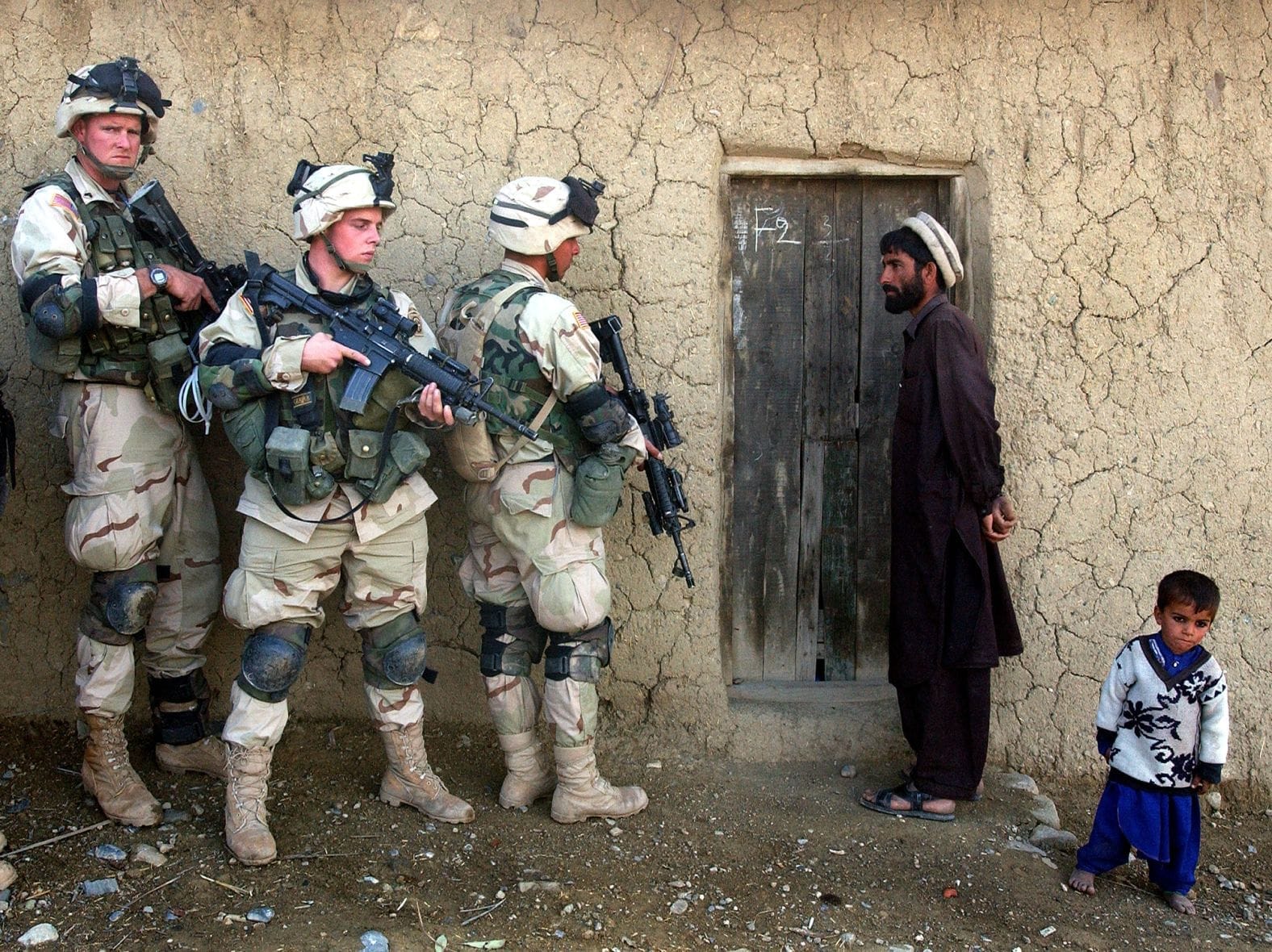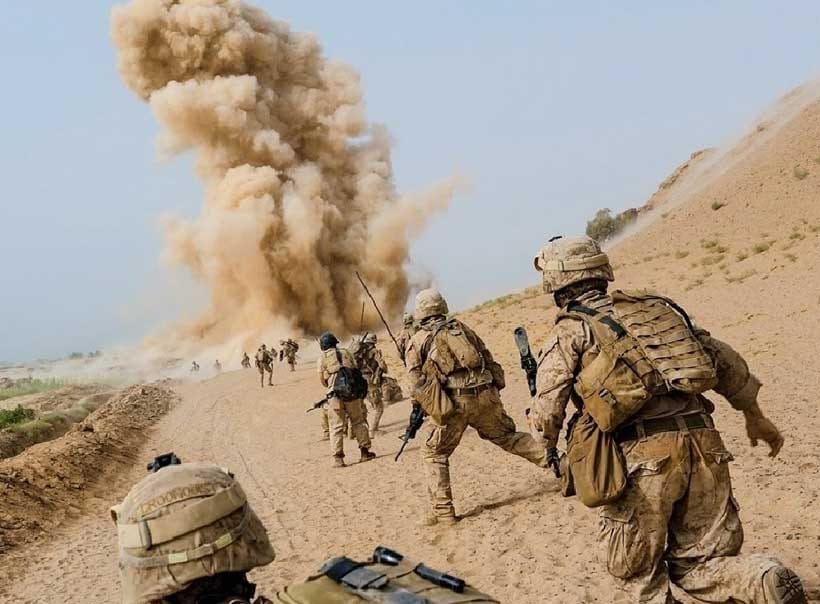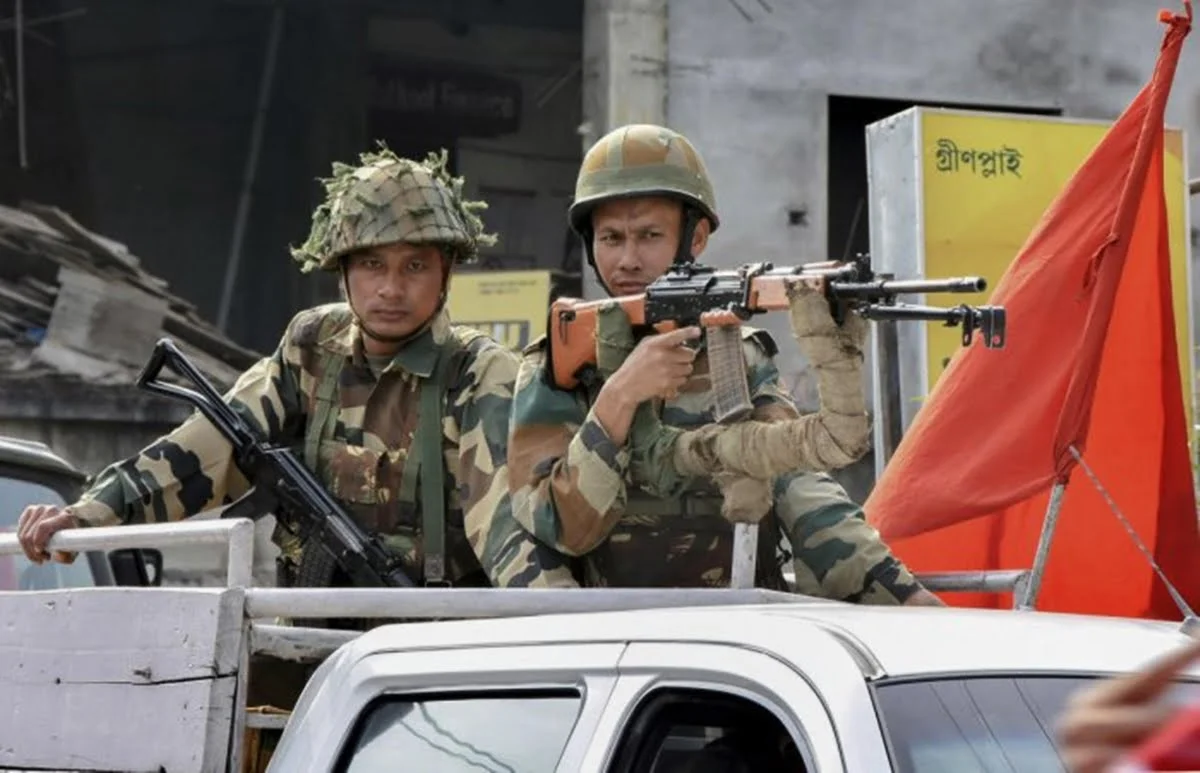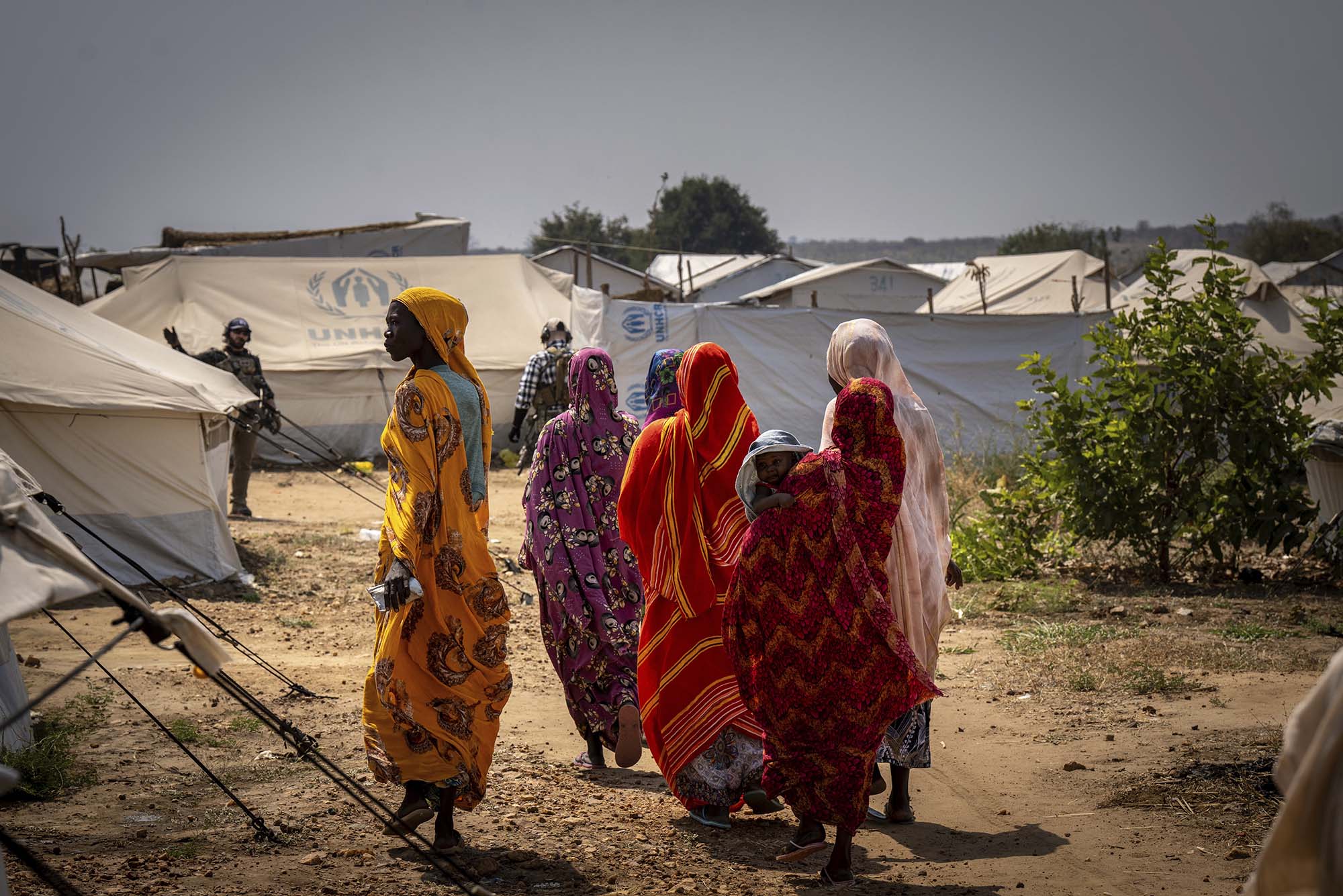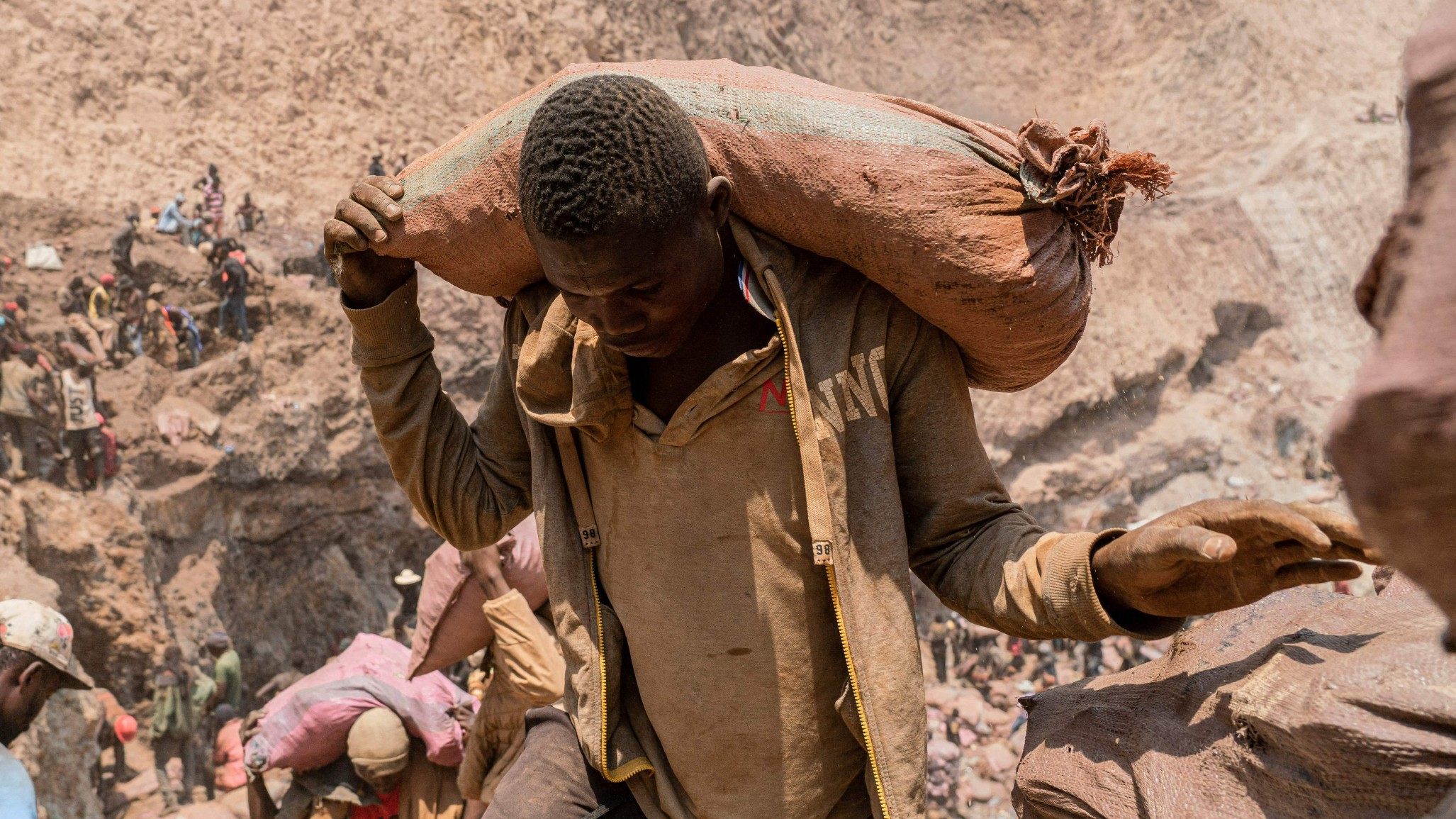Barely more than a few weeks ago, in a frantic series of controversial American legislative moves, Donald Trump once again decided that ‘once is for all’ and hurried to bravely protect his nation’s borders against foreign terrorism and threats to security. In a move rather becoming of his reign, he signed a proclamation outright banning nationals of twelve countries, including Afghanistan, from entering the United States of America.
The archetype of the malicious terrorist, leeringly awaiting the US’ formal approval to demolish its borders and wreak catastrophe upon their nation-state with an arsenal ready to put the US military to shame, is embodied in this statement by Fatima, an Afghan women’s rights defender: ‘We are not al-Qaeda; we are the ones who fought back. We are the ones who gave our youth, our strength, our physical energy, our voices—everything we had—for the dream of a peaceful nation, for a country where we could simply breathe. We stood beside NATO forces.‘
Afghanistan as a battleground
Afghanistan has for decades been the US’ preferred choice of target practice. An impoverished country with scant defenses was made a paradise of the US military in their desire to show some muscle. As Bush entered the Oval Office on September 20, he reportedly remarked: ‘I’m having difficulty controlling my bloodlust.’ This occurred post-9/11, when America was so ravenously seeking vengeance that the Afghan death toll quickly accelerated far beyond the three thousand lives that had been lost in the September 11 attacks.
Still not satiated with the bombing of the few Taliban headquarters and little infrastructure they had, the US quickly turned the object of their air raids from eliminating terrorism to eliminating, well, everything. Torrents of withering fire rained down on civilians day after day, shedding innocent blood and destroying generations of Afghan locals.
The US air raids also bore responsibility for undercutting anti-Taliban efforts. While the Taliban’s acts of terrorism were indeed appalling, the United States’ crimes against humanity were no less so. This led to many civilians joining the Taliban itself because they believed America’s actions against Afghanistan were illegitimate, illegal, and horrifying.
Broken promises and dependency in Afghanistan
The US’ empty promises towards underdeveloped, poor countries are a recurring trope in a tale as old as time. The US and Afghanistan are caught within the framework of dependency theory, where the wealthy core country—the US—exploits the peripheral country, Afghanistan’s, reliance on US foreign aid and resources. The US, in typical Western neoliberal fashion, attempts to export its own model of development and ‘modernise’ underdeveloped economies by executing ill-thought-out initiatives completely inappropriate for the recipient country’s social and economic contexts.
Much of the US money promised to Afghanistan ended up in the pockets of overpriced contractors or corrupt Afghan officials, or in the form of ill-funded schools, clinics, and roads festering in a state of disrepair due to lack of maintenance. This US money, in a move surprising to no one, was also siphoned into engendering more violence on Afghan locals via US-funded police, who exhibited no hesitation while opening fire on innocent civilians.
The fall of Kabul and its aftermath
In August 2021, as US-led troops departed from Kabul, Taliban insurgents seized power and brought the country under their reign once more. This occurred in part due to the US-Taliban agreement made by Donald Trump in his first term—a weak agreement in which the Taliban agreed to prevent terrorist groups from basing in Afghanistan and the US would withdraw its own troops and the coalition troops from Afghanistan. In the end, the Taliban failed to honor its end of the deal and its counterterrorism commitments fell through, setting the stage for its takeover in 2021.
In the end, the Taliban failed to honor its end of the deal and its counterterrorism commitments fell through, setting the stage for its takeover in 2021.
Western countries, the so-called Messiahs of the developing world, valiantly pledged to help. Yet, as the country fell deeper into devastation and violence, many of these promises fell through. Joe Biden, the then-president of the United States—perhaps operating from a guilty conscience coming from his previous decisions—introduced the P-2 program to admit Afghan nationals meeting certain criteria, including work experience with US organisations and media.
While not in any way compensating for the ramping up of the Taliban’s harsh conditions and anti-female rule, as well as the half a million advanced weapons the US left behind that were quickly appropriated by militant groups, it offered a glimmer of hope for a select few hoping to leave the country for good. It is estimated that as this new immigration policy was announced, a hefty 10,000–15,000 visas were still under consideration.
The Secretary of Homeland Security, Kristi Noem, went on to say—upon announcing the repeal of the ‘special status’ occupied by 14,600 Afghan nationals to be occurring in July—that ‘Afghanistan has had an improved security situation, and its stabilizing economy no longer prevents [Afghans] from returning to their home country.‘ Of course, there was no mention of the ultraconservative militant powers-that-be that prey upon civilians and commit atrocious human rights violations on the daily.
It appears that it was also not taken into consideration that returning Afghans to a country under Taliban control would expose them to persecution, especially those who worked with US agencies or supported democratic reforms, which could affect many who were relocated following the US evacuation of over 82,000 Afghans after the Taliban takeover.
The Trump administration has taken significant steps to curtail aid and diplomatic outreach. The US Secretary of State Marco Rubio suggested placing bounties on the heads of Taliban leaders to force the release of any remaining US hostages, while Trump himself has demanded the return of the powerful weapons the US left behind during their cowardly and hasty withdrawal in 2021, a request the Taliban dismissed outright. The administration’s 90-day halt on US international aid had immediate consequences, deepening the humanitarian crisis and political state of a country where more than half the population—nearly 23 million people—is in need of life-saving assistance.
The administration’s 90-day halt on US international aid had immediate consequences, deepening the humanitarian crisis and political state of a country where more than half the population—nearly 23 million people—is in need of life-saving assistance.
A permanent halt to foreign aid could be the final straw, pushing Afghanistan further toward pariah status, with devastating repercussions for its people, and humanity in general. Millions of Afghans are currently facing acute food insecurity, inadequate access to healthcare, and the impending threat of violence under Taliban rule.
So, now what?
As a predictable consequence of the dependency paradigm within which the Western countries and Afghanistan are ensconced, the developed nations have great political and decisive power over the trajectory of Afghanistan, and must rid themselves of their penchants towards bloodlust and understand how to support the Afghan people without legitimising the Taliban regime. The political entanglements are tricky in this contentious international issue, and we are all are acutely aware that disengaging entirely risks further destabilisation, but engaging too closely risks emboldening the Taliban and undermining human rights.
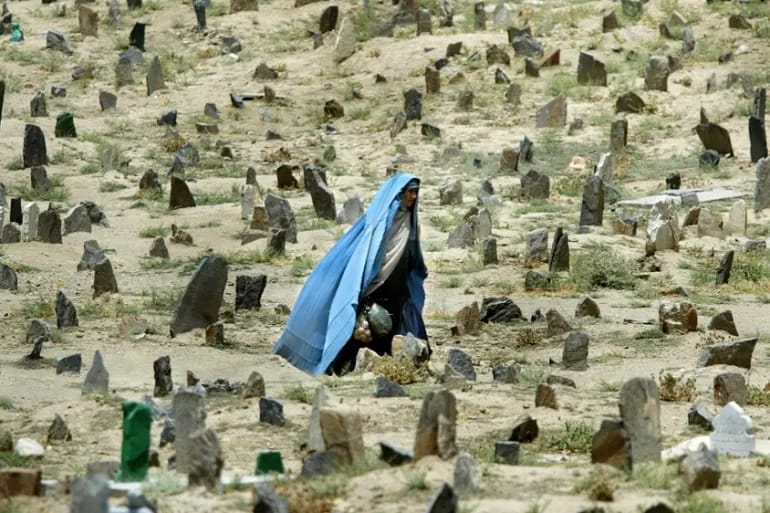
Throughout this article, we have observed the so-called paradox of intervention: excessive, self-interested involvement by foreign powers has historically fuelled political instability and resentment, while abrupt withdrawal or neglect has led to a different, yet equally destructive, form of chaos.
At the risk of turning this issue into one of international contention, it must be added that the psychological and cultural impacts of prolonged conflict cannot be overstated. Afghan society, already fractured by decades of war, was further segregated by the presence of corrupt foreign forces and the shifting allegiances of local leaders. The US’s failure to build sustainable institutions or empower local governance left a vacuum that the Taliban was all too eager to fill.
References:
The Myth of American Idealism – Book by Nathan J. Robinson and Noam Chomsky
https://thediplomat.com/2025/06/trumps-chaotic-immigration-policies-target-myanmar-and-afghanistan
https://www.bbc.com/news/articles/cr78nkg548lo
https://www.chathamhouse.org/2025/02/what-west-can-do-now-taliban-ruled-afghanistan
